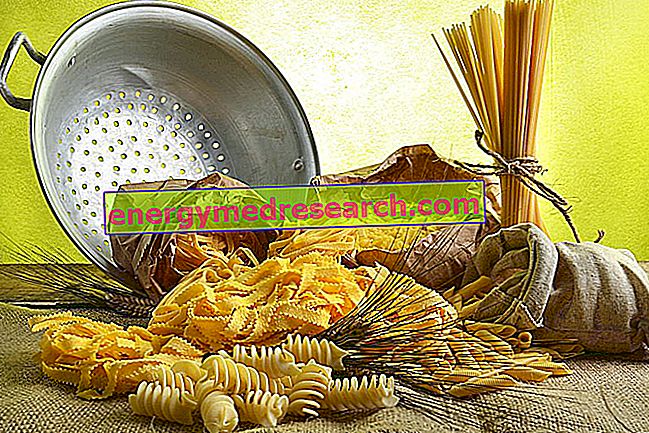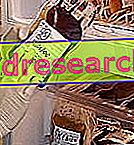
In the various dietary philosophies, the tendency to the consumption of cereals has undergone numerous variations that concern above all the "food models" (biological hybridizations, cooking methods / systems, mixtures, formulas and recipes).
Cereals are starchy foods and are the main source of polysaccharides in the diet.
In Mediterranean countries, cereals have always been subject to numerous variants; on the other hand, to date, the respective primary forms of consumption are those that provide for refining (deprivation of the fibrous component). On the other hand, whole and whole grains (especially the Triticum genus), legumes and potatoes, have been the basis of the Mediterranean diet for millennia.
Wheat bread is one of the most commonly used foods globally and, although it has become part of many other cultures, its roots lie in the countries surrounding the Mediterranean Sea basin.
On the contrary, the semolina pasta as we know it today is a fairly recent food; it is however necessary to specify that, due to its exclusivity, pasta (more than bread and whole grains) is an icon of the Mediterranean diet.
Whole grains, legumes, potatoes, bread and pasta are therefore the primary energy sources of the Mediterranean diet. According to tradition, their cooking methods and the recipes that use them give rise to easily digestible, fat-free dishes with few proteins of medium biological value and a good quantity of dietary fiber. The combination with meat is infrequent, as is that with eggs, cheese and fish (depending on the observed Mediterranean ethnicity), while the promiscuity of cereals, legumes, potatoes and vegetables is customary.
" Has the Mediterranean diet remained unchanged? What has changed? "
Obviously, over time, more or less important changes have occurred (especially in the last century).
For example, in the average Italian diet, but even more in the Spanish one, since the 1960s (period of discovery of the Mediterranean Diet) it is possible to note various changes that have led to a significant decrease in the energy supplied by carbohydrates. At the same time, the calories provided by lipids and proteins have increased significantly.
These changes in the nutritional model reflect a continuous reduction in the consumption of wheat and other cereals, legumes and potatoes.
However, in recent decades, the consumption of pasta has increased, as has that of baked goods (pinzoni, focaccia, brioches, biscuits, schiacciatine etc.). If on the one hand the increase in the consumption of pasta makes the Italian people proud, on the other it must warn against a possible form of abuse. Not so much for the chemical content of pasta, as for the tendency to eat large quantities and to dress it in an extremely fat way, this dietary excess is also responsible for the increase in the rate of overweight in the Bel Paese.
Scientific and epidemiological evidence (to support the Mediterranean nutritional breakdown) show that cereals should be the main energy source of the diet; in practice, polysaccharides should supply 50-55% of the total energy. To achieve this, cereals, legumes and potatoes should be included in the daily diet in 4-6 portions (in various forms: pasta, bread, whole grains, breakfast cereals, legumes, potatoes, etc.).
Whole grain cereals should be preferred to refined ones, as should food preparations based on pasta, bread, legumes and potatoes deserve to be enriched with vegetables, in order to reduce their glycemic index.
Baked products should be consumed in moderation because, not so much due to the starch content as to that of simple fats and sugars, they provide a great deal of energy and predispose to fat deposits as well as certain metabolic disorders.



